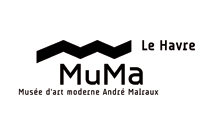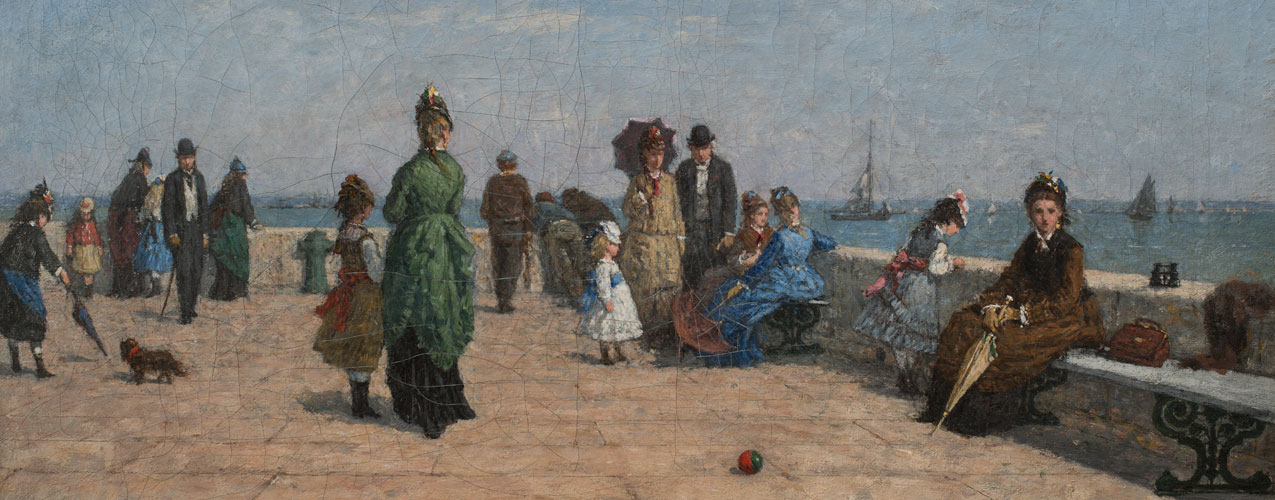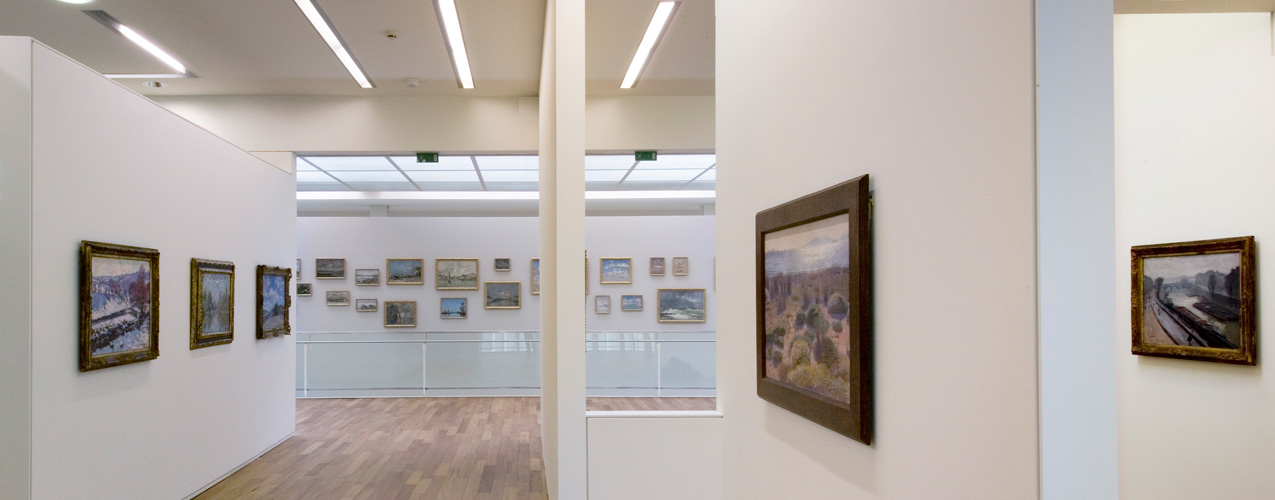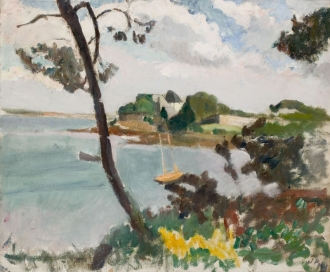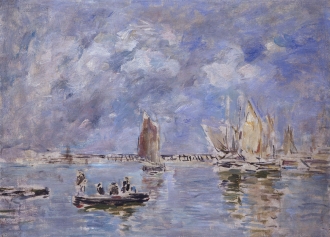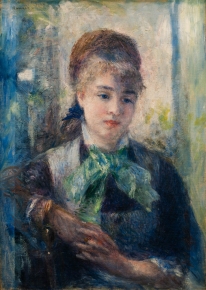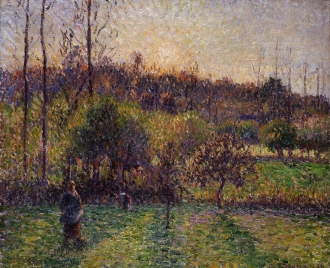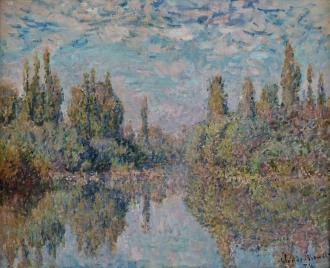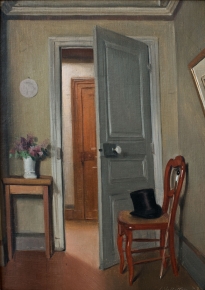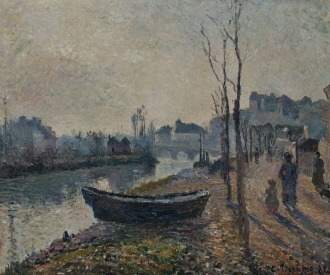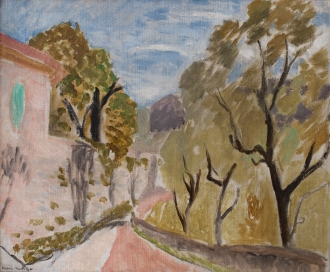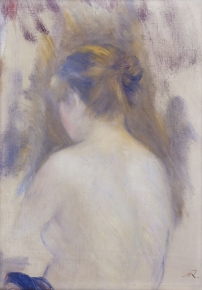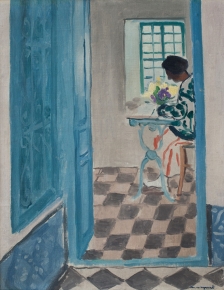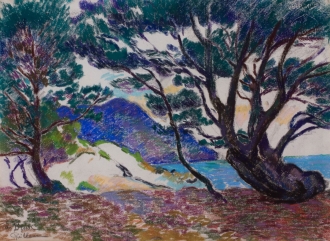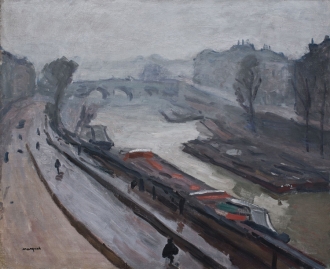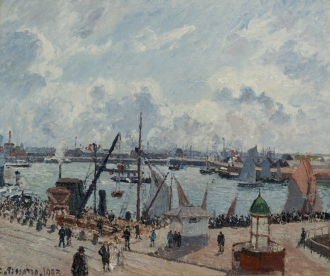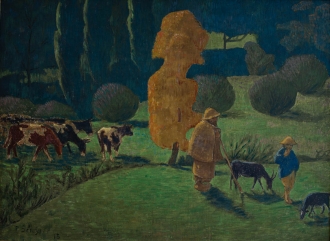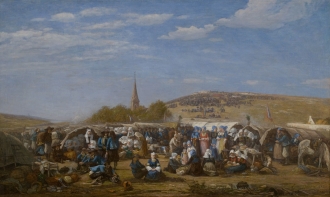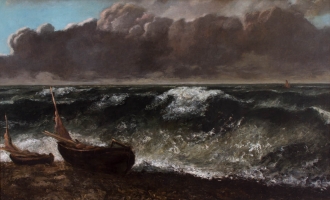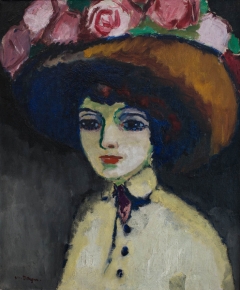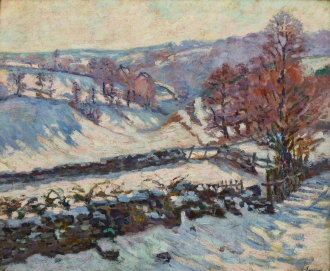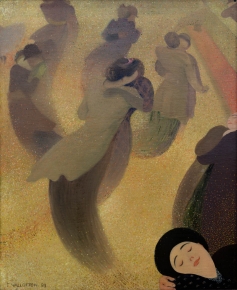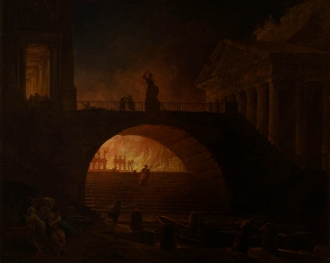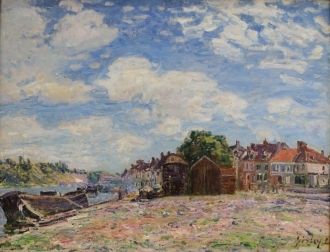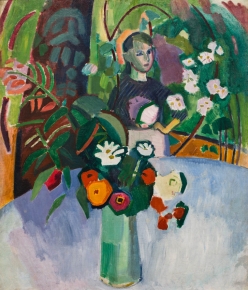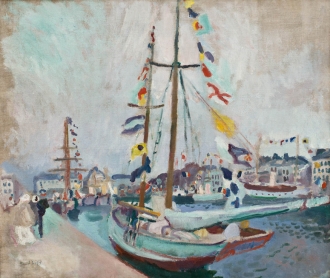Highlights
-
Jongkind arrived in Paris in March of 1846 at the age of 27, but did not begin painting views of the city until two years later, in 1848. From then on, they became a recurring theme in his work....
-
Around 1910, Jean Puy painted a Landscape at Bénodet, purchased by the Algiers museum in 1929. This artwork is painted in...
-
Towards the end of his life crowned with success, Boudin adventured down new paths, expressly leaving his painting with a sketch-like quality. Boats and Breakwater belongs to the series of Boudin's...
-
Nini Lopez first appeared in the work of Auguste Renoir (1841...
-
Pissarro's move to Éragny and subsequent adherence to Neo-Impressionist theories marked a turning point in his artwork. His...
-
During the summer of 1878, financial difficulties forced Monet to leave Paris and live in Vétheuil. He moved into a little...
-
In this painting of an interior, Vallotton remains visibly true to the...
-
On September 18, 1882, Pissarro, who had to leave Pontoise with great regret for financial reasons, wrote to his friend Monet...
-
On a trip to Corsica in 1898, Matisse discovered the light of the South: "I was in Corsica one year and it was by going to that...
-
"The simplest subjects are eternal. The naked woman rises either from the sea...
-
Matisse turned to painting relatively late in life, joining the École des Beaux-Arts in Paris in 1893, where he studied under...
-
Widely travelled, Albert Marquet set up his easel in a number of cities...
-
In 1891, Guillaumin won a considerable sum in a state lottery and was able to leave his job with the Orléans railway in order to travel. "Chic, I will be able to paint the sea," he wrote. The...
-
In 1905, Albert Marquet and his parents moved to 25, Quai des Grands-Augustins, located on the right bank of the Seine between...
-
Painted in Le Havre, these are two of the final artworks executed by Camille Pissarro (1830–1903), a few months prior to...
-
In 1888, under Paul Gauguin's instruction, Paul Sérusier (1864–1927) produced The Talisman, the painting that led to the formation of the Nabis as an important example of the...
-
Born in Honfleur and schooled in Le Havre, Eugène Boudin (1824–1898) visited Brittany for the first time in 1855 and travelled there regularly for the next three years. Drawn to the picturesque region, he was interested in the simple life of the...
-
Le Havre is where Gustave Courbet (1819–1877) discovered the sea, on a trip to the Normandy coast in 1841 with his childhood friend Urbain Cuenot. He returned to the shores of the Channel...
-
Dutch painter Kees van Dongen (1877–1968) moved to Paris in 1897....
-
Far away from Paris, the Creuse, a harsh and hostile land marked by severe winters, began to appear on the walls of the Salon...
-
The Waltz was one of the first Nabi paintings by Swiss artist Félix...
-
When Hubert Robert (1733–1808) was presented at the Salon de Paris in 1767, he was greeted with enthusiasm by the...
-
Born in Paris to an English family, Alfred Sisley (1839–1899) was sent to the United Kingdom when he was eighteen. There is...
-
Raoul Dufy (1877–1953) was born in Le Havre to a large family of modest...
-
This portrait of The Old Italian Woman, placed on deposit by the Louvre...
-
Raoul Dufy (1877–1953) discovered Matisse's painting Luxury, Calm and Voluptuousness at the Salon des...
The city

Located at the mouth of the Seine, the City of Le Havre, classified a UNESCO World Heritage site in 2005, had always been a strategic point for access inland to Paris.
Become a patron
MuMa is a meeting place for partner corporations who wish to contribute to the museum's global missions in a spirit of sharing and discovery.

